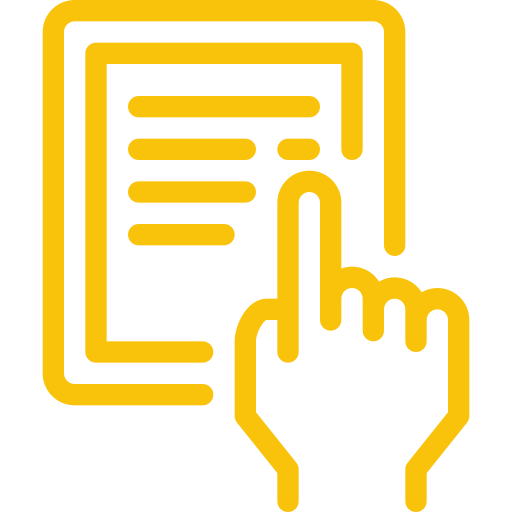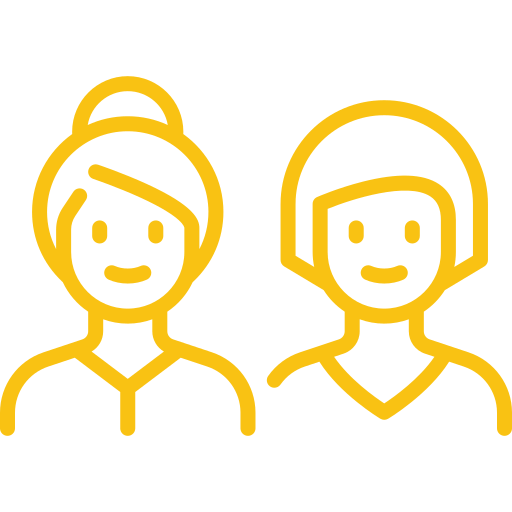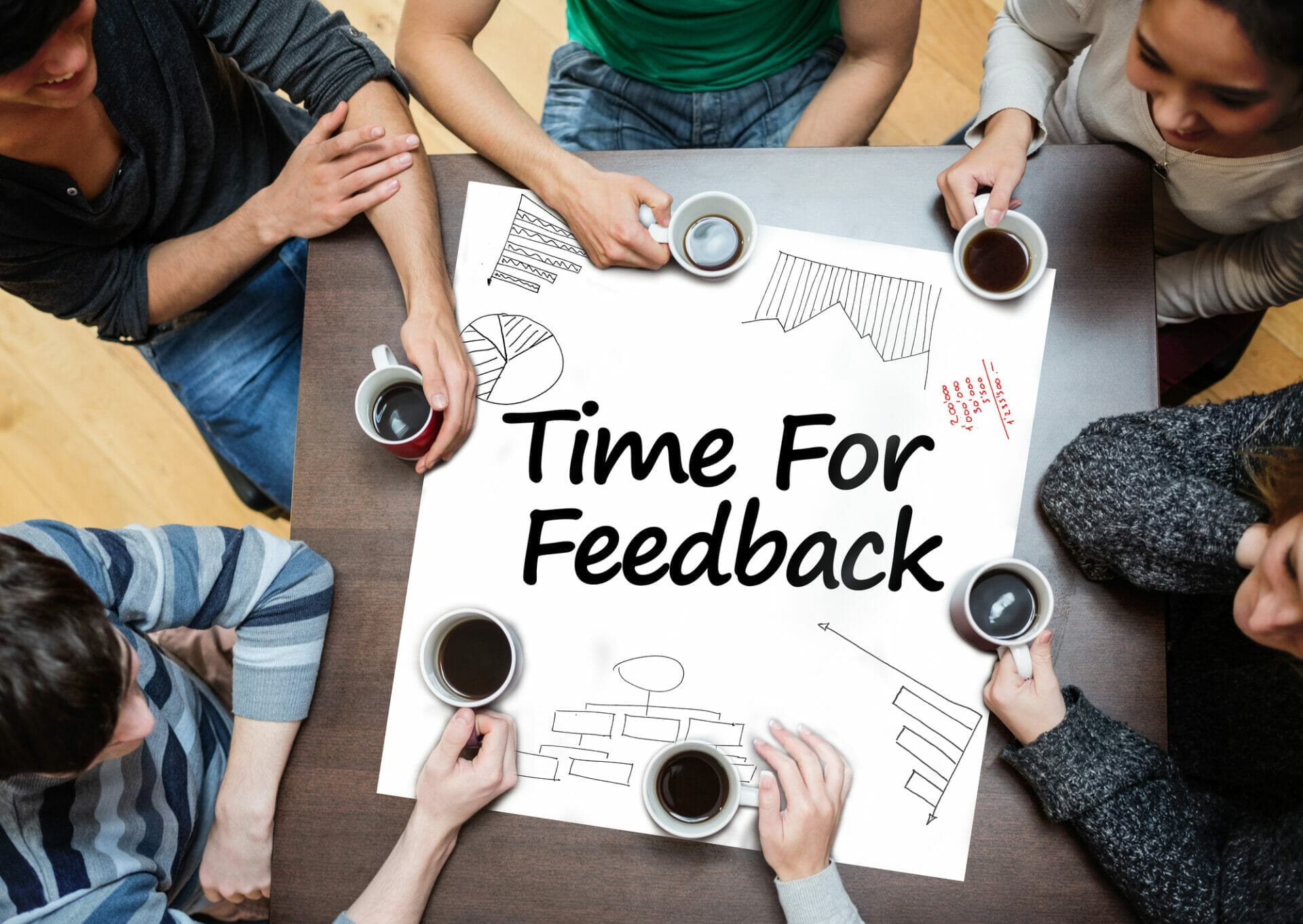Why Does My Feedback Fall Flat with Students? Understanding the Barriers to Effective Feedback
Current research confirms what most teachers already know: Providing students with meaningful feedback can greatly improve teaching and learning. This is why it is so frustrating when students seem to dismiss feedback or do not use it constructively to build skills. Often, teachers question whether their students trust their advice, disagree with their methods, or simply do not care. They are left wondering: How can I get truly through to my students? While there is no simple answer to this question, it can be helpful to understand some of the reasons why students are resistant to feedback. Once we understand these reasons, we can design more effective ways to provide students with the information they need to improve in the classroom.
Barriers to Effective Feedback
Feedback provides meaningful information for our students about their skills and abilities. To be truly effective, students must be receptive to this information and feel confident in their ability to understand and use it to their benefit. To build a better feedback cycle in the classroom, let’s start by looking at some of the reasons students may not be receptive to teacher feedback.
Threats to the sense of self
When students feel that feedback threatens their sense of self, it can result in shame, humiliation, or defensiveness. In these cases, students reject the feedback in order to preserve their self-esteem or the image they hold of themselves as a learner. For example, an overly confident student may reject advice that is too critical, while students with low self-esteem are more likely to feel defensive or hurt when feedback is perceived as negative. Format and tone are important considerations when designing feedback activities.
Distrust of the feedback or feedback giver
Students are more likely to reject feedback when they doubt the credibility (e.g., expertise or knowledge) of the feedback-giver. For instance, teachers’ suggestions are more likely to be ignored when teachers act as though they never make mistakes or know all there is to know on a subject. The opposite can also occur: Students may see some teachers as “too kind” and therefore see their feedback as weak or lacking genuine honesty. Teachers who foster honesty, trust, and openness will find it easier to provide a variety of feedback to students.
A perceived inability or lack of willingness to change
Sometimes, feedback falls flat because the giver or the receiver feels there is little willingness or ability to change. A teacher who feels that a student is unwilling to do the work may directly or indirectly communicate these low expectations. Over time, they may provide the student with less and less feedback, since it does not seem productive. Some students with a fixed mindset do not feel they can improve, so they are less likely to seek or utilize the feedback they need.
Lack of clarity and consistency
Being receptive to feedback is not sufficient for change. If the feedback is vague, complicated, or not clearly related to the student’s goals, students may not be able to effectively apply the feedback they receive. For example, a teacher may provide too much feedback and it overwhelms the student. In other cases, limited or contradictory feedback creates confusion. For example, many teachers learn to soften feedback using the “sandwich” approach—placing the “meat” of negative feedback between two or more positive comments. While the intentions are good, these sandwiched comments can make it more difficult for the student to determine the truth of the feedback and use the information to improve.
How to Increase Feedback Receptiveness
If you are looking for ways to improve the effectiveness of feedback, consider the following tips.
- Increase feedback opportunities in the classroom. Feedback is commonly teacher-to-student, but it can also be student-to-student and self-directed. The more students learn to give feedback in the classroom, the more receptive they are to receive it. They begin to understand feedback is not personal. When students receive a wide range of feedback, they learn which forms work best for them.
- Look for ways to build consistency across classrooms or grade-levels. If students receive mixed or even contradictory feedback from their teachers regarding their skills, it can lead to confusion. Some students may learn to cope by ignoring some or all feedback. When feedback is consistent in terms of tone, expectation, and frequency, students are more likely to see its value in helping them grow.
- Consider students’ emotional needs as you build feedback activities. When students provide peer-to-peer feedback, model appropriate examples and set group norms. Self-directed checklists to ensure completion are less intimidating than asking students to review each other’s work early in the year. If students continue to seem reluctant to receive or utilize feedback, encourage self-reflection activities to tap into their motivations and perceptions about feedback, in general. They may be able to provide you with valuable information about how to improve the process for the entire class.





















